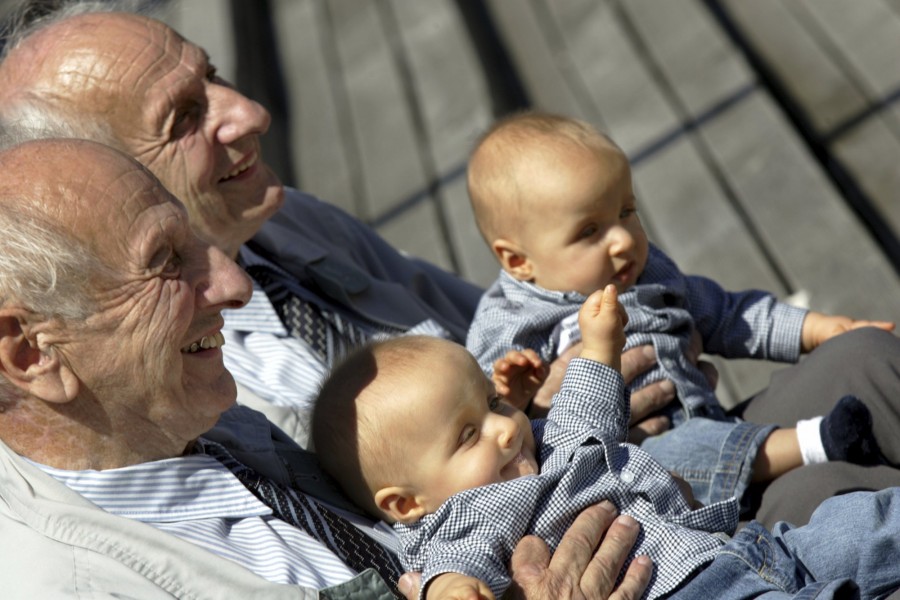If you’re an identical twin who’s always resisted being called a clone of your sibling, scientists say you have a point.
Identical twins are not exactly genetically the same, new research shows.
Scientists in Iceland sequenced DNA from 387 pairs of identical twins — those derived from a single fertilized egg — as well as from their parents, children and spouses. That allowed them to find “early mutations that separate identical twins,” said Kari Stefansson, a geneticist at the University of Iceland and the company deCODE genetics, and co-author of the paper published Thursday in the journal Nature Genetics.
A mutation means an alteration in a sequence of DNA — a tiny change that is not inherently good or bad, but can influence physical features or susceptibility to certain diseases. They can occur when a cell divides and makes a slight error in replicating DNA.
On average, identical twins have 5.2 of these early genetic differences, the researchers found. But about 15% of identical twin pairs have more genetic differences, some of them up to 100, said Stefansson.
These differences represent a tiny portion of each twin’s genetic code, but they could influence why one twin is taller or why one twin is at greater risk for certain cancers.
Previously, many researchers believed that physical differences between identical twins were related mostly to environmental factors, such as nutrition or lifestyle.
Jan Dumanski, a geneticist at Uppsala University in Sweden, who was not involved in the new paper, praised it as “a clear and important contribution” to medical research.
“The implication is that we have to be very careful when we are using twins as a model” for teasing apart the influences of nature and nurture, he said.
Previous studies, including a 2008 paper in The American Journal of Human Genetics, have identified some genetic differences between identical twins.
The new study goes beyond earlier work by including DNA of parents, children and spouses of identical twins. That allowed the researchers to pinpoint when genetic mutations occurred in two different kinds of cells — those present in just one individual and those inherited by that person’s children. They also found mutations that occurred before the developing embryo split into two, setting the stage for twins.
Stefansson said that his team had found pairs of twins where a mutation is present in all cells of the body of one twin, but not found in the other twin at all. However, “sometimes the second twin may show the mutation in some cells, but not all cells,” he said.


